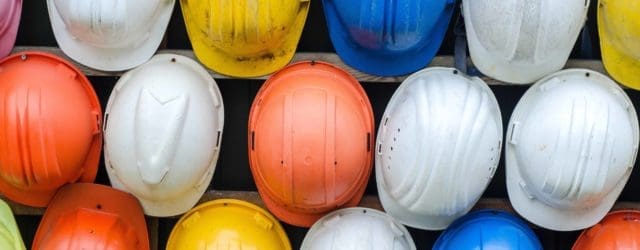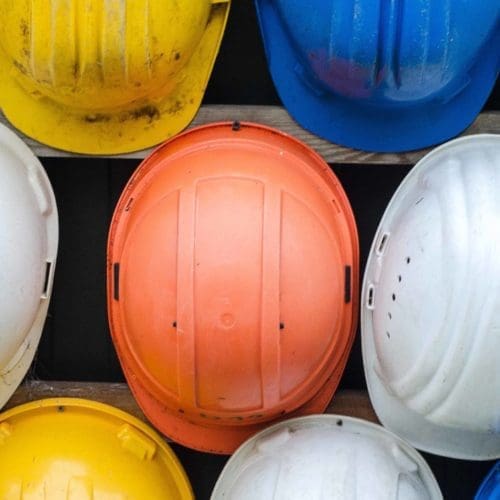On-Site Covid Health & Safety – an Update
October 2020In an article earlier this year we referred to the Construction Leadership Council (CLC)’s guidance on site operating procedures and, in particular, the revision of on-site distancing rules. Some months on, the CLC has published an updated version (6) of the Site Operating Procedures.
Whilst there are no major changes to social distancing rules, the guidance has been subject to some minor modifications which are of note. We have also seen considerable intervention from the Health and Safety Executive (HSE) on construction sites, with spot checks and inspections taking place to ensure that sites are Covid-compliant. We consider below recent developments in on-site safety and the issues of which the industry should be aware. It seems increasingly unlikely that we will see any relaxation of the Covid rules anytime soon – businesses should therefore pay close attention to the relevant guidance and give thought to how best to embrace this “new normal”.
Site Operating Procedures
The new version 6 of the CLC Site Operating Procedures includes a number of modifications:
• There is updated guidance on shielding, self-isolation, testing and what to do if a worker develops Covid-19 symptoms or has to self-isolate.
• There is confirmation that canteens serving food must display an NHS QR Code. The CLC is urging the industry to display QR codes in prominent positions on site in general, but it is only in canteen areas where this is currently a compulsory measure.
• The wording has been reviewed throughout to reflect the fact that social distancing is no longer exceptional, and that in some key areas the Government has published more detailed guidance or updated terminology.
The principal points to note are the continued two metre social distancing requirement (or one metre with additional safety measures in place where two metres is not viable) and new guidance regarding the use of face masks on site. The CLC’s position is that the employer must make face coverings available and they must be worn:
- In any enclosed spaces.
- Where 2 metre social distancing isn’t always possible.
- Where workers come into contact with others they do not normally meet.
- In canteens except when seated at a table to eat or drink, in line with Government guidance on premises providing hospitality.
HSE inspections
October has been a big month for HSE inspections on construction sites. Monday 5 October saw the start of a month long inspection initiative focusing on respiratory risks and occupational lung disease – related to the well-established problems arising from asbestos, silica and wood dust. Of particular note, however, is the inclusion of Covid 19 related risks high on the list of the areas of concern. The HSE has made it clear that it will be making sure that businesses are doing all they can to protect their workers from the risks of Covid 19 and that they are making sites COVID-secure.
So what does this involve? How can businesses ensure compliance? To avoid intervention from the HSE, construction businesses should ensure that:
- A comprehensive Covid risk assessment has been carried out.
- Social distancing is maintained.
- The workplace is kept clean, with handwashing and hygiene procedures in place (there have been a number of HSE improvement/prohibition notices issued due to an absence of handwashing facilities on site).
The Construction Industry Trading Body (CITB) website provides an extensive range of useful resources for construction businesses – here you will find training resources, site safety checklists and template forms, all designed to assist in protecting your workforce and carrying out site risk assessments.
Comment
The overriding message to the industry is unchanged: Health and Safety on site remains paramount. Businesses should ensure that adequate training has been provided and that effective systems are in place to monitor and review compliance with the guidelines. They should be mindful of continued compliance as the industry and government guidance changes and develops. It is important to be alert to the issues at hand and anticipate and prepare for HSE inspections.
Remember that you should be able to justify the Health and Safety arrangements of any work that is carried out – ensure that you have carried out a comprehensive risk assessment and keep a copy of it; also you should be able to show that you are keeping arrangements under review in the context of tier restrictions. As is often the case, the importance of documenting checks and keeping a paper trail wherever possible should not be underestimated.
Download PDF








